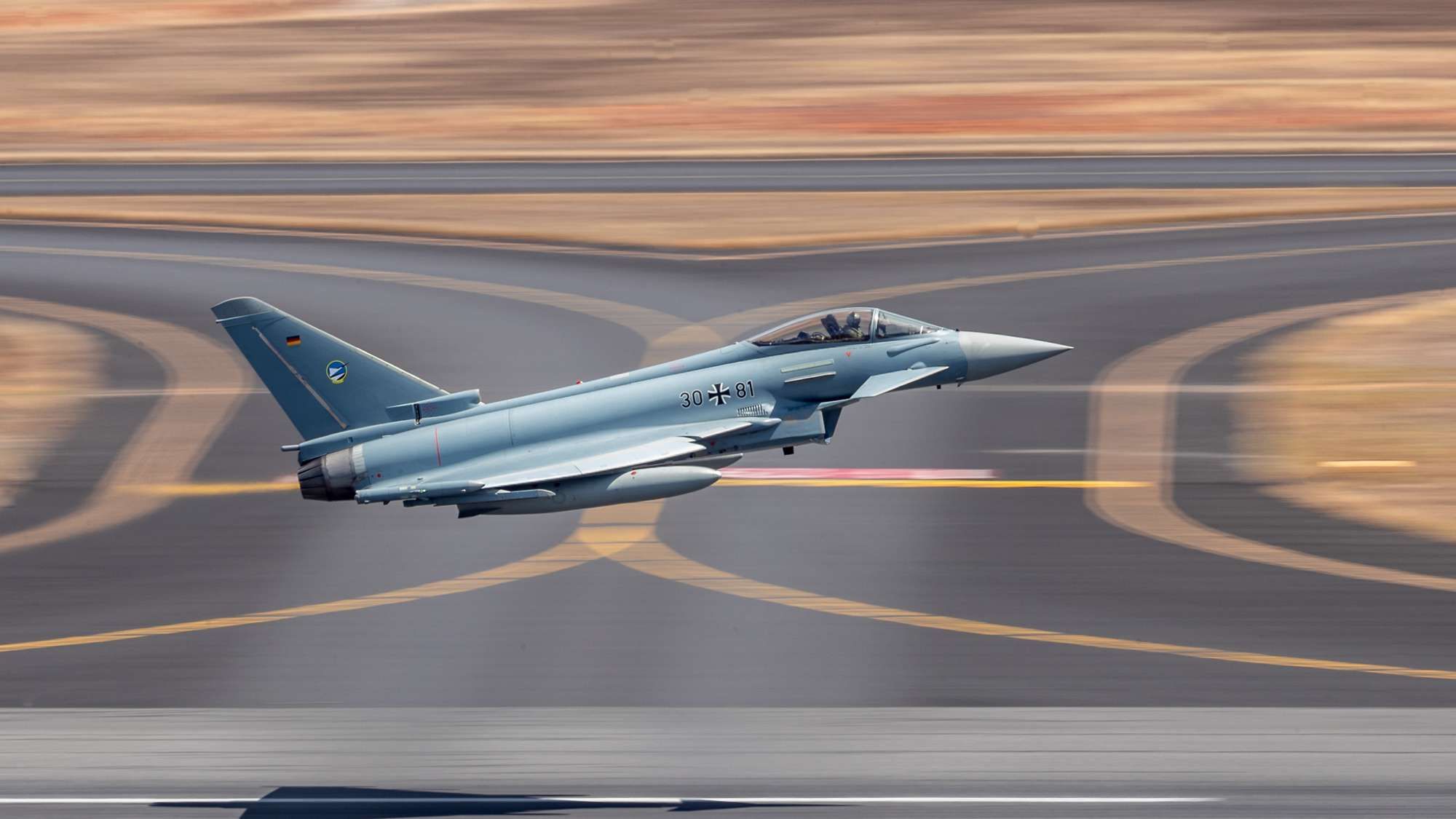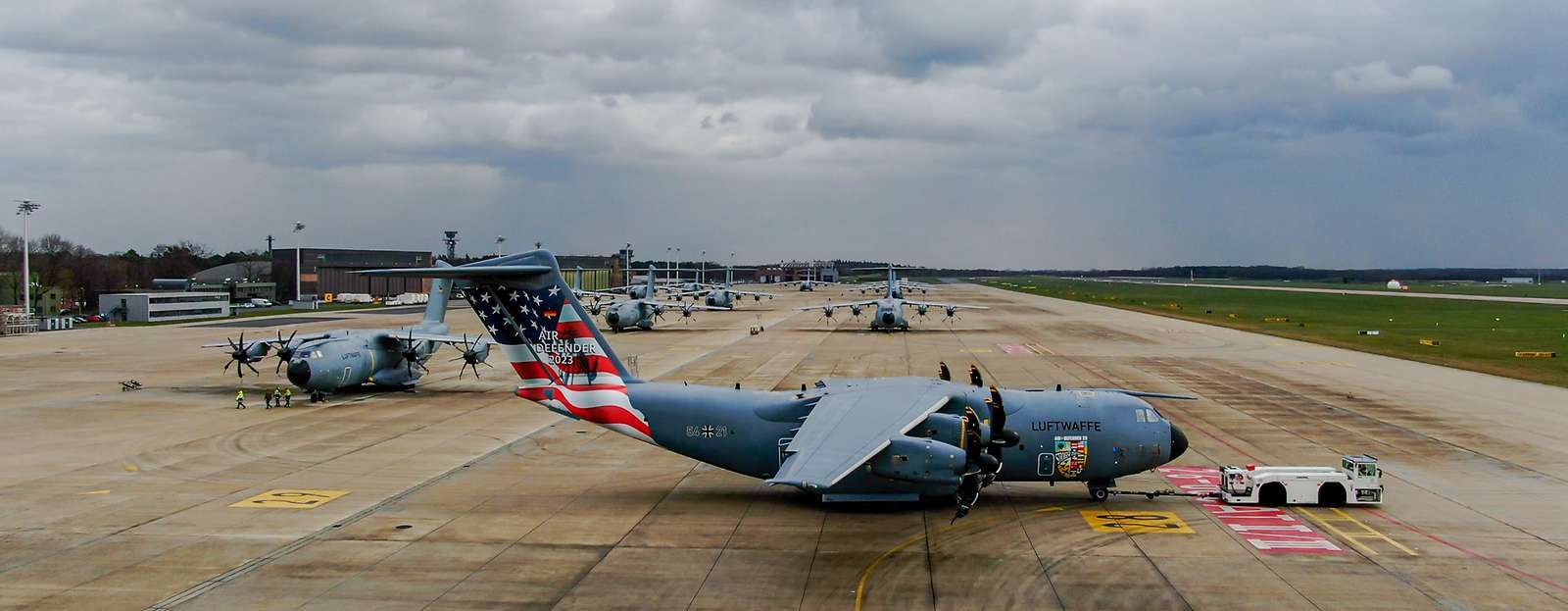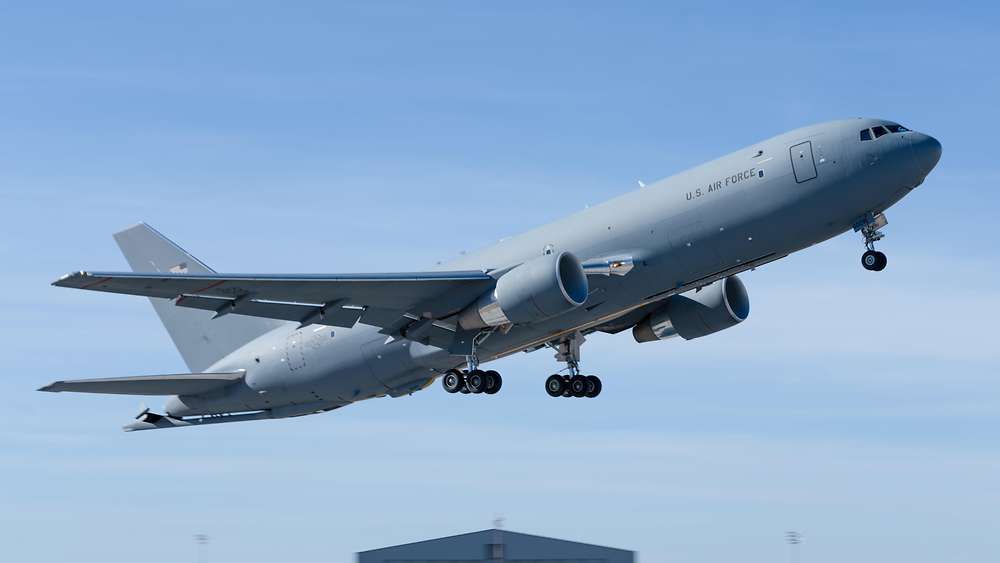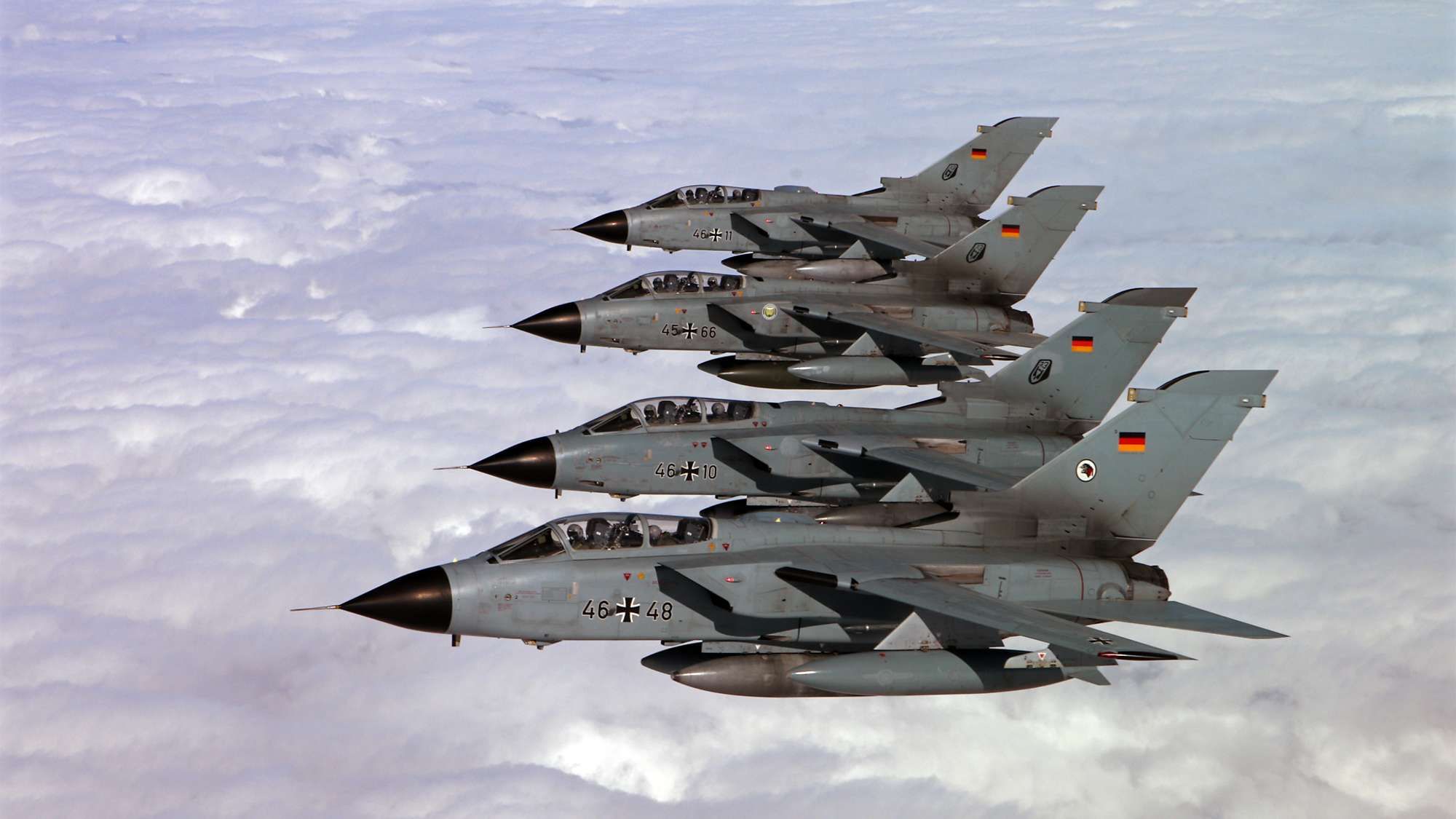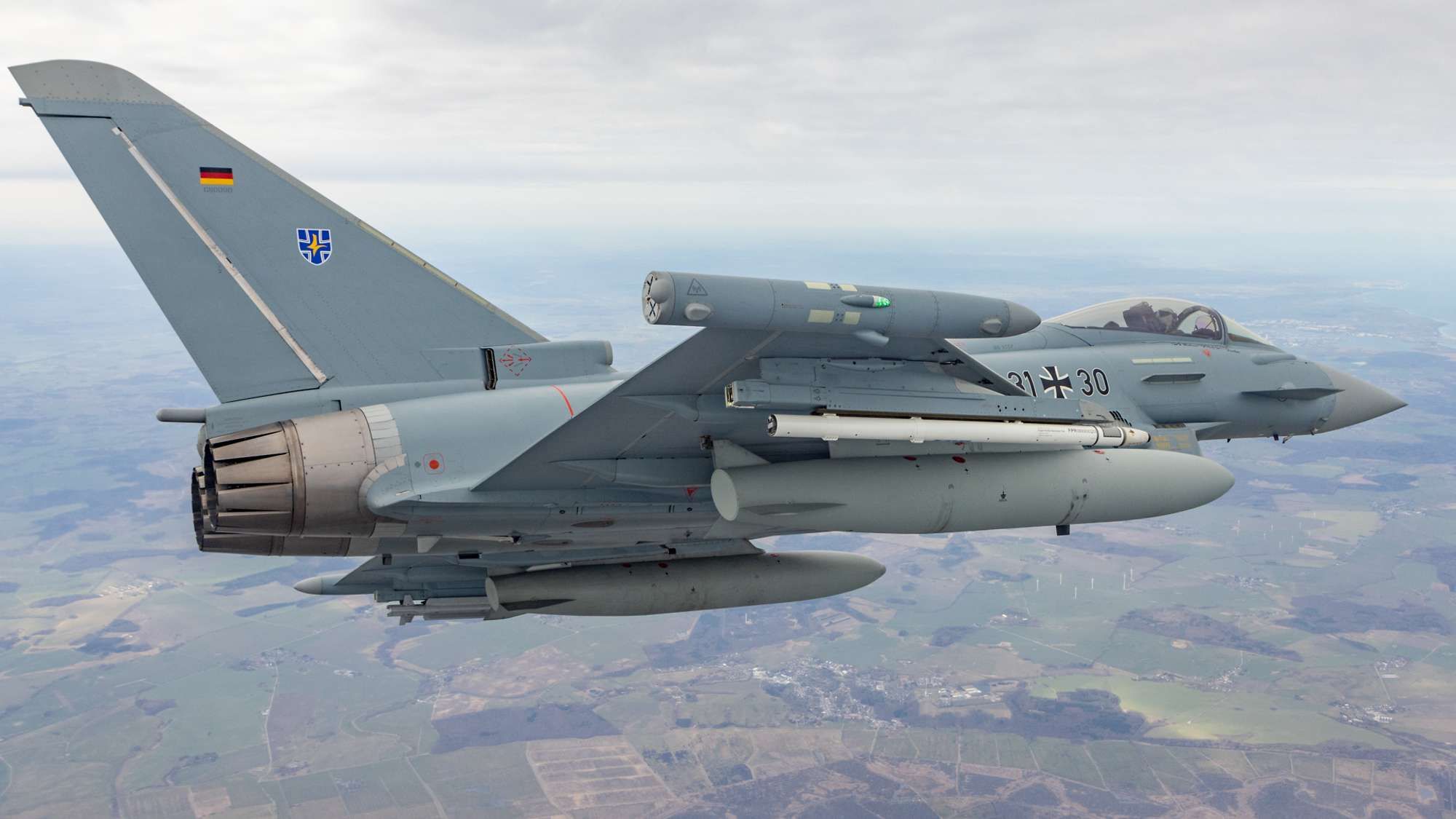This is unprecedented. Between June 12-23, twenty-five nations will participate in the largest-ever military exercise in the European airspace.
Air Defender 23: what do we know?
Air Defender 23 will be the most significant military exercise ever carried out over the European skies. The event will take place from June 12th until June 23rd, involving the air forces of 25 nations.
More specifically, Air Defender 23 will represent the most extensive deployment exercise of air forces in the history of the North Atlantic Treaty Organization, commonly known as NATO. The unprecedented event will involve up to 10,000 exercise participants who will train their flying skills with approximately 220 aircraft. The military exercise will take place in European airspace and under the command of the German Air Force, or Luftwaffe.
What is the aim of Air Defender 23?
The main aim of such a massive military drill is to create an exercise scenario involving air warfare operations for friendly and allied air forces.
By creating this joint exercise, Air Defender 23 aims to enhance and optimize cooperation among NATO forces and show the alliance's strength. But what exactly are the skills that Air Defender 23 intends its participants to train?
The 25 participating nations plan to investigate how their respective air forces would react and cooperate in case of a military crisis. Mainly, Air Defender 23 will be an opportunity to assess the participants' joint airborne response to a hypothetical emergency. In this context, Germany will act as a collective defense hub for European airspace.
The specifics of the event
A total of 10,000 servicemen and women are expected to take part in Air Defender 23. With them, 220 military aircraft will fly to Europe to participate in the massive drill.
Air Defender 23 will see the arrival of 23 different aircraft types, including the F-35 of the Americans and Dutch, a NATO Awacs reconnaissance aircraft, and, for the first time ever, a Japanese Air Force transport aircraft. Of the 220 aircraft involved, 100 alone will be arriving from 35 states in the US.
Get the latest aviation news straight to your inbox: Sign up for our newsletters today.
The role of Germany as the collective defense hub means most of the locations from which exercises will be performed are located within its territory, with a few exceptions, as the list below shows:
- Jagel/Hohn in Schleswig-Holstein (Germany)
- Laage in Mecklenburg-Western Pomerania (Germany)
- Wunstorf in Lower Saxony (Germany)
- Lechfeld in Bavaria (Germany)
- Spangdahlem in Rhineland-Palatinate (Germany)
- Volkel in the Netherlands
- Čáslav in the Czech Republic
Three of these seven exercise locations will be crucial: the airfields in Schleswig/Hohn, Wunstorf, and Lechfeld in Germany. This means Germany will be responsible for three main flight areas above its borders.
The 25 participating nations include Belgium, Bulgaria, Croatia, Czech Republic, Denmark, Estonia, Finland, France, Germany, Hungary, Italy, Japan, Latvia, Lithuania, Luxembourg, Norway, Poland, Romania, Slovakia, Spain, Sweden, Turkey, United Kingdom, United States, and Greece.
Will Air Defender 23 cause disruptions to civil aviation in Europe?
The exercise area for Air Defender 23 includes air spaces that have been used for routine military training for decades. Not surprisingly, however, this area has been expanded to allow for the large-scale maneuver.
According to the Air Defender 23 plan, the east training area should be temporarily limited to military use between 10:00 and 14:00, the south area between 13:00 and 17:00, and the north air space should be occupied between 16:00 and 20:00. No exercises are planned during weekends.
Air Defender 23 has been cooperating with authorities responsible for air safety, airlines, and airports to design processes and procedures whose impact on the population and civil aviation during the event should be minimal.
Do you think Air Defender 23 will manage to minimize the impact on civil aviation European airspace? Let us know by clicking on the comment button below!
Source: Bundeswehr

